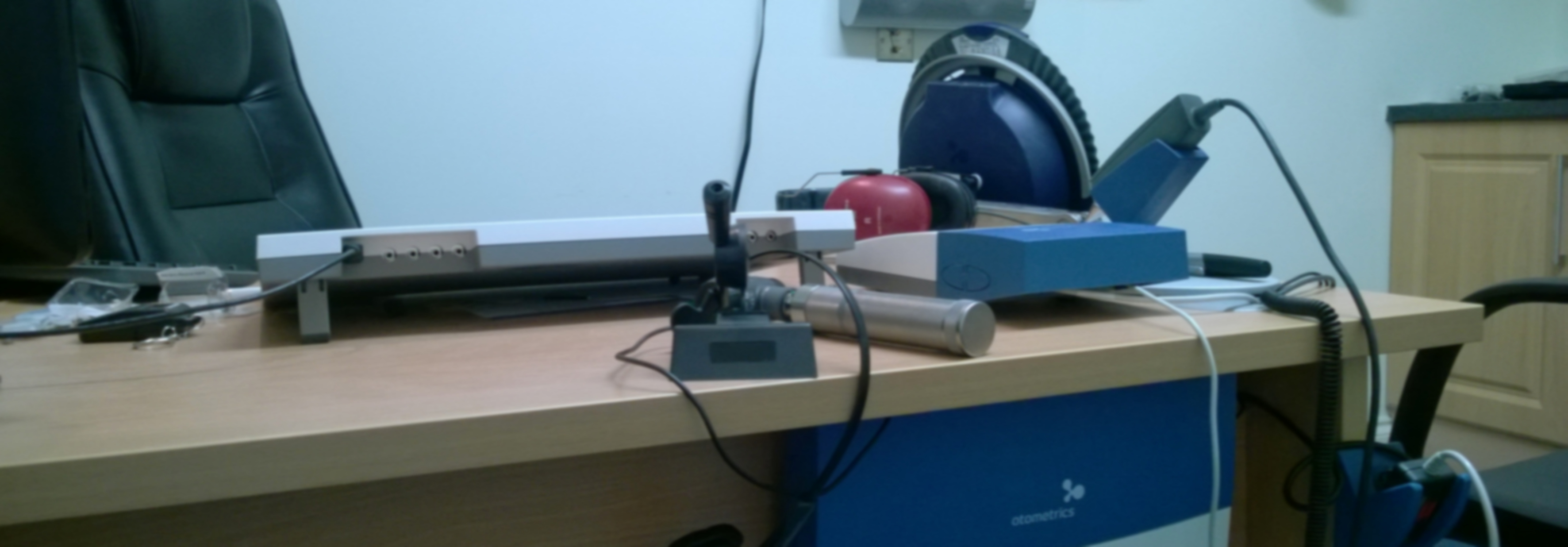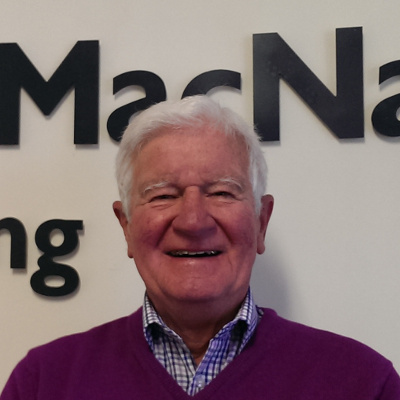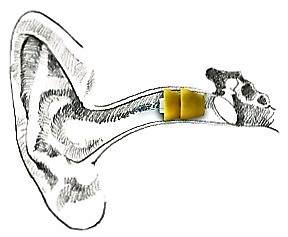What Is The Best Hearing Aid For You?
Maybe you've considered getting a hearing aid, but you're have some concerns about how it will look or whether it will really help you. The best way to find out is to come and see us so that we can help you through your choices. The choices available to you will not be clear until you have had a comprehensive hearing test, however it may help to ease your concerns to know a little about the types of hearing aids available, What to look for when buying a hearing aid and how the process usually works.
Hearing Aids
Hearing aids can't restore normal hearing, the damage that has been done means that this is impossible. They will improve your hearing by amplifying soft sounds and sounds you have problems hearing, they also reduce loud background noise. Modern hearing aids are mini-computers that are dedicated to processing sound. Hearing aids vary a great deal in price, size, special features and how they looked. Hearing aids usually come in four broad technology levels running from low to the highest. Traditionally hearing aid technology would have been dramatically updated every four to five years. This has changed somewhat with dramatic updates to function and efficacy coming every two to three years.
Hearing Aid Manufacturers
The manufacturers we deal with are Phonak, Unitron, Resound, Widex and Beltone. Each one of these hearing aid manufacturers provides hearing aids that cover most hearing losses with styles and options that suit most people. As an Independent Hearing Healthcare Practice we use all of these hearing aid manufacturers, this allows us to decide what hearing aid is right for you and your hearing loss.
How Do Hearing Aids Work
Hearing aids make sounds louder so that they can be heard by you with your reduced level of hearing. Small microphones collect sounds from the environment. A computer chip converts the incoming sound into digital code. Then it analyzes and adjusts the sound based on your hearing loss, listening needs and the level of the sounds around you. The signals are then converted back into sound waves and delivered to your ears through speakers.
The following are common hearing aid styles, beginning with the smallest, least visible in the ear. Hearing aid manufacturers keep making smaller hearing aids to meet the demand for a hearing aid that is not very noticeable. But the smaller aids may not have the power to give you the improved hearing you expect. Nor may they be suitable for people with dexterity or vision issues.
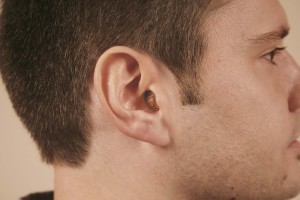
CIC hearing aids are very small, custom-made hearing aids that fit completely in your ear canal. Great cosmetically, they are suitable for mild to moderate hearing losses. As the name suggests, the hearing aid is nearly hidden in the ear canal. It is really only suitable for mild to moderate hearing loss. The CIC:
Is the smallest and least visible type
Is less likely to pick up wind noise
Uses very small batteries, which have shorter life and can be difficult to handle
Doesn't contain extra features, such as volume control or a directional microphone
Is susceptible to earwax clogging
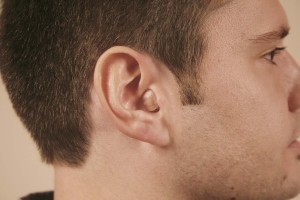 Slightly bigger than the CIC hearing aids. Due to the bigger size, it allows for more power output, therefore it is suitable for mild to moderately severe hearing losses. It has a bigger battery, which also means longer battery life. An in-the-canal hearing aid:
Slightly bigger than the CIC hearing aids. Due to the bigger size, it allows for more power output, therefore it is suitable for mild to moderately severe hearing losses. It has a bigger battery, which also means longer battery life. An in-the-canal hearing aid:
Is less visible in the ear than larger styles
Includes features that won't fit on completely-in-the-canal aids, but may be difficult to adjust due to its small size
Is susceptible to earwax clogging
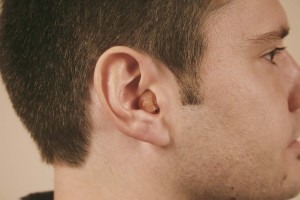 Bigger than the ITC, and easier to handle. Due to its bigger size, it is possible to have more features added to the hearing aid. An in-the-ear hearing aid:
Bigger than the ITC, and easier to handle. Due to its bigger size, it is possible to have more features added to the hearing aid. An in-the-ear hearing aid:
Can Include features such as volume control and directional microphones that are easier to adjust
Is generally easier to insert
Uses larger batteries, which are easier to handle and last longer
Is susceptible to earwax clogging
May pick up more wind noise than smaller devices
Is more visible in the ear than smaller devices
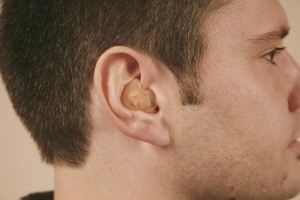 The biggest of the custom-made hearing aids. Bigger battery, which means longer battery life. Covers mild to severe hearing losses. Due to its size, it is possible to have manual features such as volume control added to it.
The biggest of the custom-made hearing aids. Bigger battery, which means longer battery life. Covers mild to severe hearing losses. Due to its size, it is possible to have manual features such as volume control added to it.
Includes features such as volume control tele-coil and directional microphones that are easier to adjust
Is generally easier to insert
Uses larger batteries, which are easier to handle and last longer
Is susceptible to earwax clogging
May pick up more wind noise than smaller devices
Is more visible in the ear than smaller devices
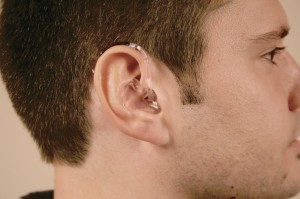 The most versatile of hearing aids, suitable for mild to profound hearing losses. Bigger batteries, which means longer battery life. Due to its size, it is easier to handle and can have many features added to it. A behind-the-ear (BTE) hearing aid hooks over the top of your ear and rests behind the ear. A tube connects the hearing aid to a custom earpiece called an earmold that fits in your ear canal. This type is appropriate for people of all ages and those with almost any type of hearing loss. A behind-the-ear hearing aid:
The most versatile of hearing aids, suitable for mild to profound hearing losses. Bigger batteries, which means longer battery life. Due to its size, it is easier to handle and can have many features added to it. A behind-the-ear (BTE) hearing aid hooks over the top of your ear and rests behind the ear. A tube connects the hearing aid to a custom earpiece called an earmold that fits in your ear canal. This type is appropriate for people of all ages and those with almost any type of hearing loss. A behind-the-ear hearing aid:
Traditionally has been the largest type of hearing aid, but newer mini designs are streamlined and barely visible
Is capable of more amplification than are other styles
May pick up more wind noise than other styles, although manufacturers use technical features to overcome this
An open-fit hearing aid is a variation of the behind-the-ear hearing aid. This style keeps the ear canal very open, allowing for low-frequency sounds to enter the ear naturally and for high-frequency sounds to be amplified through the hearing aid. This makes the style a good choice for people with mild to profound hearing loss. The open-fit behind-the-ear style has become one of the most popular. An open-fit hearing aid:
Is less visible
Doesn't occlude or plug up the ear like the small in-the-canal hearing aids do, making your own speech sound better to you
Can be difficult to handle due to small parts and batteries
Often lacks manual adjustments due to its small size
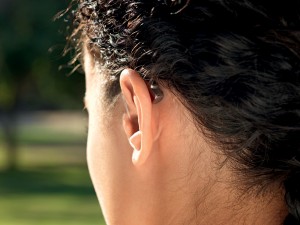 It looks like the Behind-the-ear (BTE) hearing aids, however, it has the speaker part in the ear, which improves the sound quality significantly. It is smaller and cosmetically more appealing for younger people. Covers mild to severe hearing losses. Not suitable for people who have moisture in the ears (from exercising, for example) or with wax-build-up problems. A receiver in canal hearing aid:
It looks like the Behind-the-ear (BTE) hearing aids, however, it has the speaker part in the ear, which improves the sound quality significantly. It is smaller and cosmetically more appealing for younger people. Covers mild to severe hearing losses. Not suitable for people who have moisture in the ears (from exercising, for example) or with wax-build-up problems. A receiver in canal hearing aid:Has a less visble behind the ear body and is therefore more discrete than most BTEs
Can amplify for most hearing losses no matter how severe
can be susceptible to earwax clogging
You Won't Know Until You're Tested
You really will not know which hearing aids are the most suitable for you until you are tested. After your hearing loss is explained to you an Audiologist can then explain your options and guide you through your decision. Size and discretion are one thing, but there are so many features available that can help with so many problem areas that you also need to consider.

